Comparative Anatomy Worksheet
Comparative anatomy worksheets provide an engaging way for students to explore and understand the diverse structures of different organisms. These worksheets allow students to delve into key concepts and expand their knowledge of anatomy, making them particularly suitable for biology students seeking to explore this fascinating subject in more depth.
Table of Images 👆
More Other Worksheets
Kindergarten Worksheet My RoomSpanish Verb Worksheets
Cooking Vocabulary Worksheet
DNA Code Worksheet
Meiosis Worksheet Answer Key
Art Handouts and Worksheets
7 Elements of Art Worksheets
All Amendment Worksheet
Symmetry Art Worksheets
Daily Meal Planning Worksheet
What is comparative anatomy?
Comparative anatomy is the study of similarities and differences in the anatomy of different species. It involves comparing the structures and functions of different organisms to understand their evolutionary relationships and adaptations to different environments. By examining similarities and variations in anatomy, scientists can make inferences about the evolutionary history and biological relationships of species.
How does comparative anatomy help in understanding evolution?
Comparative anatomy helps in understanding evolution by allowing scientists to compare the anatomical structures of different species. Similarities in structures among different species provide evidence of a common evolutionary ancestry, while differences can indicate adaptations to different environments or evolutionary paths. By studying how anatomical structures have changed over time and how they are shared among species, scientists can reconstruct evolutionary relationships and better understand the processes of adaptation and descent with modification.
What are homologous structures?
Homologous structures are anatomical features in different species that share a common ancestry, despite potentially serving different functions. These structures have a similar underlying structure and are evidence of evolution, indicating that the species share a common evolutionary history. Examples of homologous structures include the bones in the limbs of vertebrates, such as the human arm, bat wing, and whale flipper, all of which have a similar bone structure despite their different functions.
Provide examples of homologous structures in different organisms.
Some examples of homologous structures in different organisms include the forelimbs of vertebrates, such as the wings of birds, flippers of dolphins, and arms of humans, all sharing a similar bone structure despite being adapted for different functions. Another example is the pentadactyl limb present in vertebrates like horses, bats, and whales, which have evolved from a common ancestor but serve different purposes in each species. The similarities in these structures suggest a shared evolutionary history and common ancestry among these organisms.
What are analogous structures?
Analogous structures are traits that are similar in function and appearance, but evolved independently in different species due to similar environmental pressures. These structures are the result of convergent evolution, where different organisms develop similar adaptations to fulfill the same ecological roles, despite not sharing a common evolutionary ancestor. Examples of analogous structures include the wings of birds and insects, which serve the same purpose of flight but have different underlying anatomical structures.
Give examples of analogous structures in different organisms.
An example of analogous structures in different organisms is the wings of birds and bats. While birds have feathers and bat wings are composed of skin stretched over elongated finger bones, both structures evolved independently to serve the same function of flight. Another example is the streamlined bodies of sharks and dolphins, which both have evolved to reduce drag and enhance swimming abilities despite their different evolutionary histories and body compositions.
How are vestigial structures evidence for evolution?
Vestigial structures are evidence for evolution because they are anatomical features that have no apparent current function in an organism, but are remnants of structures that did function in the organism's evolutionary ancestors. These structures provide insights into an organism's evolutionary history, demonstrating the concept of descent with modification and supporting the idea that organisms have evolved over time from common ancestors.
Provide examples of vestigial structures in humans.
Some examples of vestigial structures in humans include the appendix, which is a small pouch at the end of the cecum that is thought to have been used for digesting cellulose in our evolutionary past; the coccyx, or tailbone, which is a remnant of a tail that our primate ancestors had; and the muscles in the ears that allow some people to wiggle their ears, a trait believed to be leftover from early mammals that could move their ears to detect sounds or communicate.
What is the significance of studying the anatomy of extinct organisms?
Studying the anatomy of extinct organisms is significant because it helps us understand the evolutionary history of life on Earth, providing valuable insights into how species have adapted and diversified over time. By studying the anatomy of extinct organisms, scientists can reconstruct past environments, infer behavioral patterns, and track evolutionary relationships between species. This knowledge can also inform our understanding of current biodiversity and help predict how species might respond to environmental changes in the future.
How does comparative anatomy contribute to medical research and advancements?
Comparative anatomy is crucial in medical research and advancements as it helps researchers understand anatomical similarities and differences between different species. By analyzing the structures and functions of organs and systems across species, scientists can gain insights into evolutionary relationships and potential mechanisms underlying disease. This comparative approach can lead to the development of new treatment strategies, surgical techniques, and medical devices that can benefit both humans and animals. Additionally, studying comparative anatomy can provide important clues for understanding disease progression, drug responses, and genetic disorders, ultimately enhancing our ability to improve healthcare outcomes.
Have something to share?
Who is Worksheeto?
At Worksheeto, we are committed to delivering an extensive and varied portfolio of superior quality worksheets, designed to address the educational demands of students, educators, and parents.

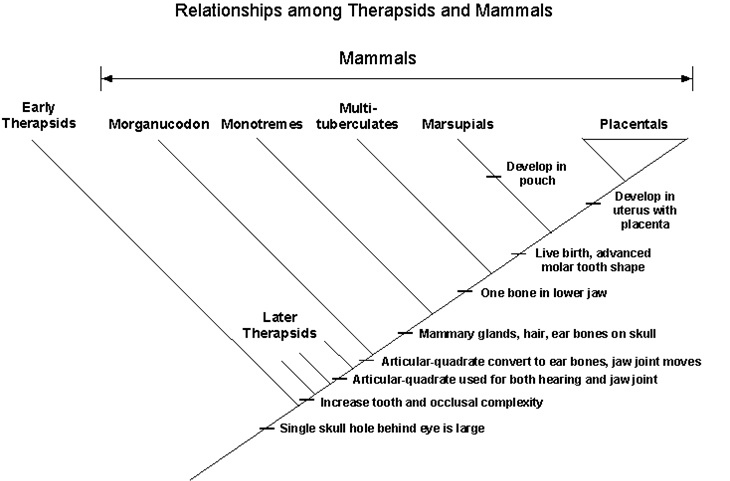



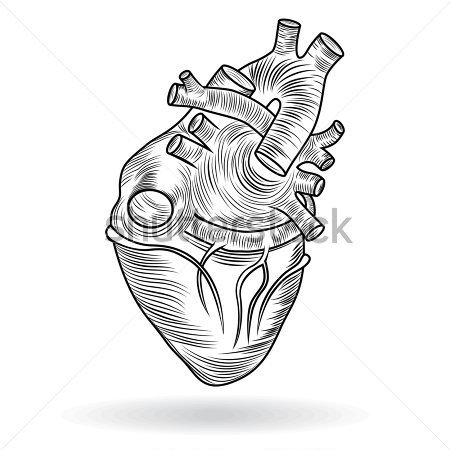
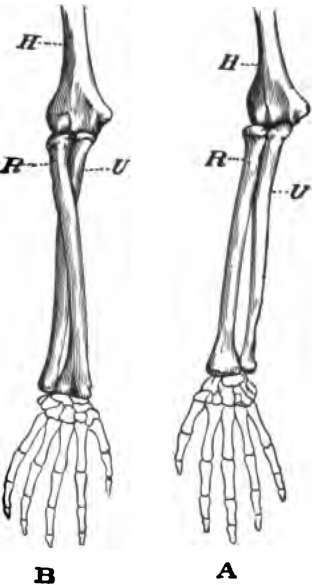
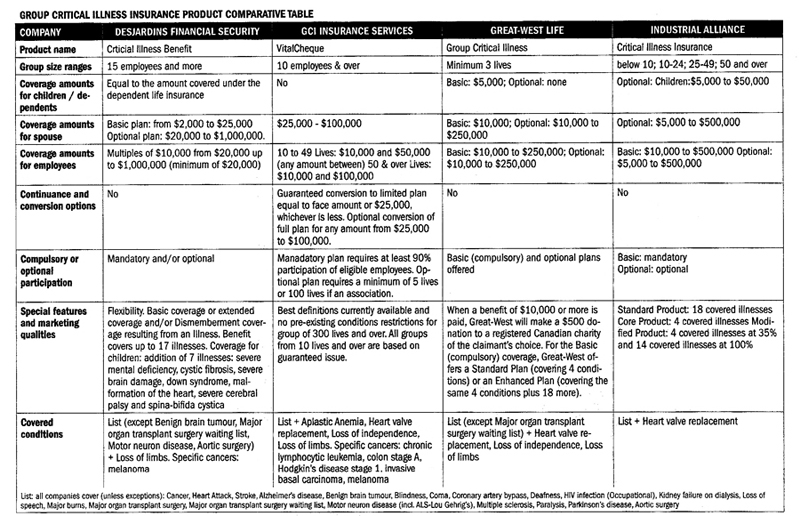
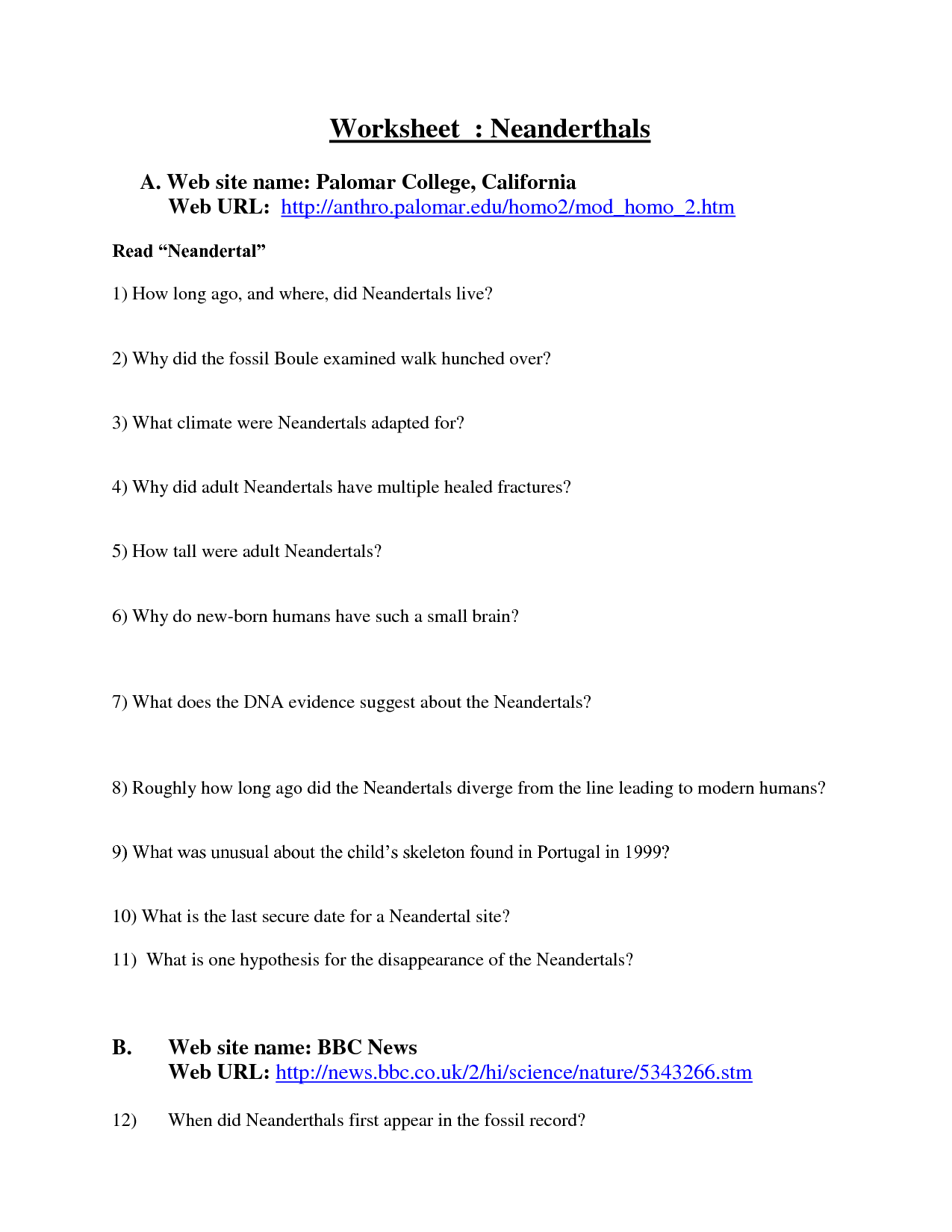
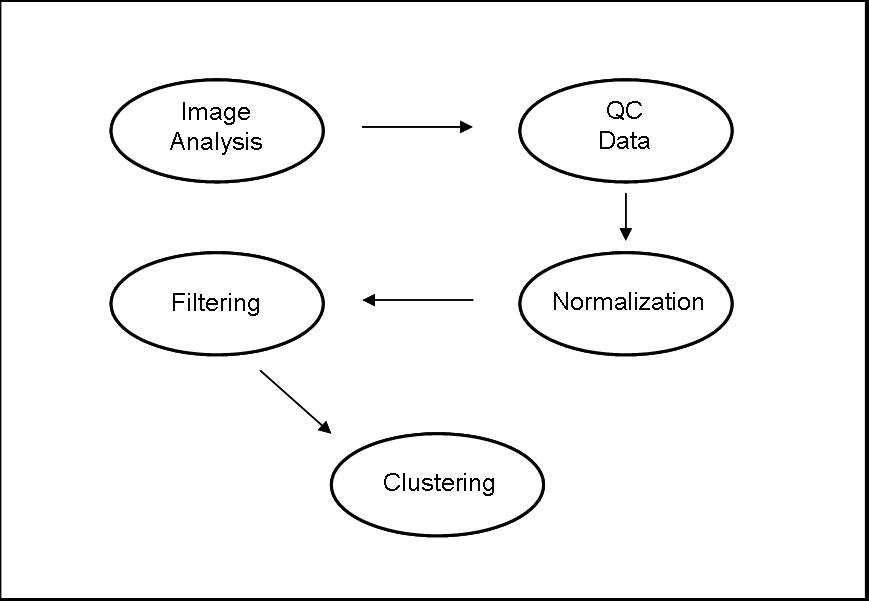


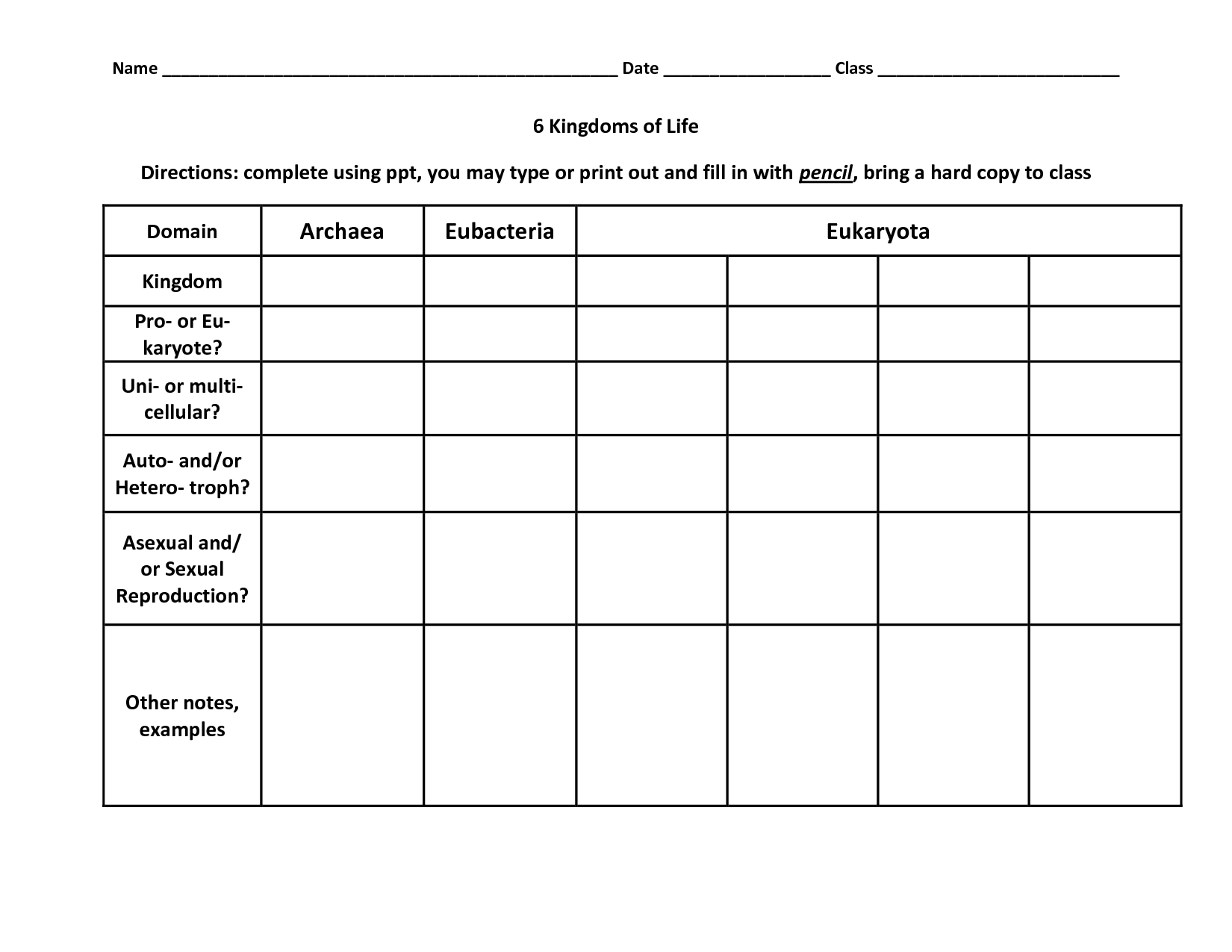














Comments